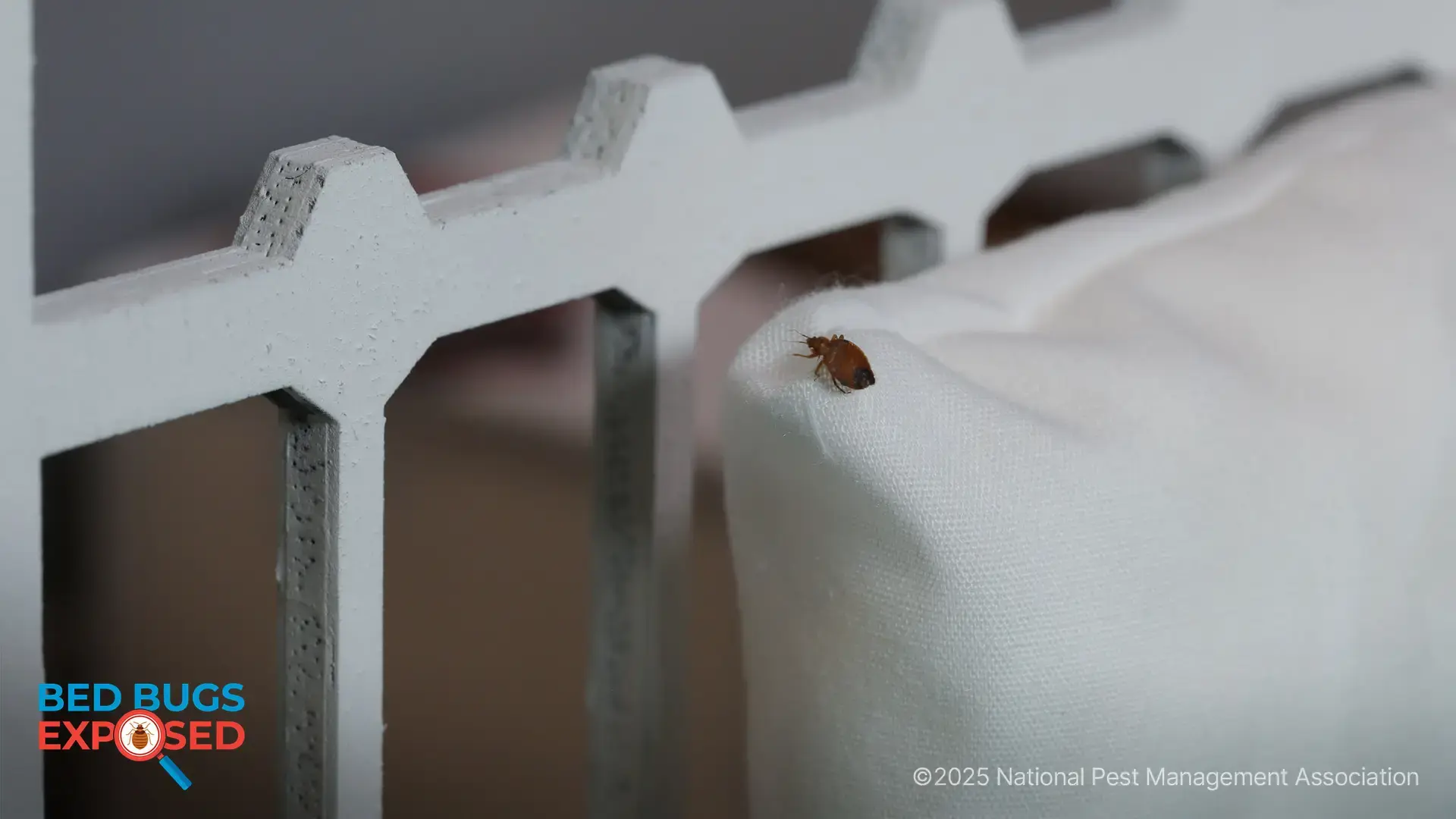How to Protect Yourself from Ticks (And Lyme Disease) This Season
Tick Populations are Up, but We've Got You Covered
It's springtime and warm weather is at our doorstep. For many, that means it's finally time to get outside after a long, dreary winter. But the National Pest Management Association (NPMA) has warned that there is good reason to take precaution when spending time outdoors this season: tick populations are expected to be extremely high in many parts of the country this year.
Ticks - especially blacklegged deer ticks - can be dangerous to humans and pets alike. They can transmit Lyme disease to humans, as well as dogs and cats. The increased populations of blacklegged deer ticks this year means everyone is at a higher risk for contracting Lyme disease. The Centers for Disease Control and Prevention (CDC) describes the symptoms of Lyme disease as fever, headache, fatigue, and a characteristic skin rash called erythema migrans, which forms in the shape of a bull's eye. According to the CDC, Lyme disease can also affect joints, the heart and the nervous system if left untreated.

So how do you protect yourself from ticks? First, it's important to be aware of what blacklegged deer ticks look like. These ticks are named for their dark legs, which are in contrast to their pale bodies. They are much smaller than dog ticks, measuring only about 1/8 of an inch in length, and are a flat, broad oval shape. They feed on the blood of white-tailed deer, which is why they are sometimes called deer ticks.
In the United States, blacklegged deer ticks are most commonly found in the Northeastern region, from Virginia to Maine, in the north central states, mostly Wisconsin and Minnesota, and on the west coast, primarily in northern California. If you live in or visit those regions, you should take steps to protect yourself from tick bites:
- Wear long pants, long-sleeved shirts and closed-toe shoes when outdoors, especially in wooded areas or tall grasses.
- Wear light colored clothing, which makes it easier to spot ticks and other insects.
- Wear a bug spray containing at least 20% DEET when outdoors, and reapply as directed on the label.
- When hiking, stay in the center of trails, away from vegetation.
- Take steps to keep your own yard tick-free. Keep grass cut low and remove weeds, woodpiles and debris, which can attract ticks and other pests.
- Inspect your pets for ticks on a routine basis. Just like humans, pets can contract Lyme disease from ticks.
- Inspect yourself and your family members carefully for ticks after being outdoors.
- If you find a tick on yourself or a family member, remove it with a slow, steady pull so as not to break off the mouthparts and leave them in the skin. Then, wash your hands and the bite site thoroughly with soap and water. Ticks should be flushed down a toilet or wrapped in tissue before disposing in a closed receptacle.
- Be on the lookout for signs of tick bites, such as a telltale red bull's eye rash around a bite. If you suspect a tick has bitten you, seek medical attention.
- Learn the symptoms of Lyme disease and consult with your doctor immediately if you believe you have contracted it.
- If you find a tick in your home or suspect you have ticks on your property, contact a licensed pest professional who can inspect and recommend a course of action to reduce or eliminate ticks on your property.
This year, protecting yourself and your family from ticks will be especially important. But by being aware and taking steps to prevent tick bites, you can still enjoy the spring and summer months ahead without fear. For more information on ticks and this year's heavy population, or to find a pest control professional in your area, visit PestWorld.org.

Learn About Rodents
Rodents invade millions of homes each winter. Learn more about them!

NPMA's Bug Barometer Forecast
The latest Bug Barometer® forecast from the National Pest Management Association reveals what homeowners across America can expect from pest activity this fall and winter.

NPMA's Bed Bugs Exposed Project
Check out NPMA's Bed Bugs Exposed project to learn more about this hitchhiking pest and how to prevent an infestation at home.
Find a PEST PRO in your area

Learn About Rodents
Rodents invade millions of homes each winter. Learn more about them!

NPMA's Bug Barometer Forecast
The latest Bug Barometer® forecast from the National Pest Management Association reveals what homeowners across America can expect from pest activity this fall and winter.

NPMA's Bed Bugs Exposed Project
Check out NPMA's Bed Bugs Exposed project to learn more about this hitchhiking pest and how to prevent an infestation at home.
